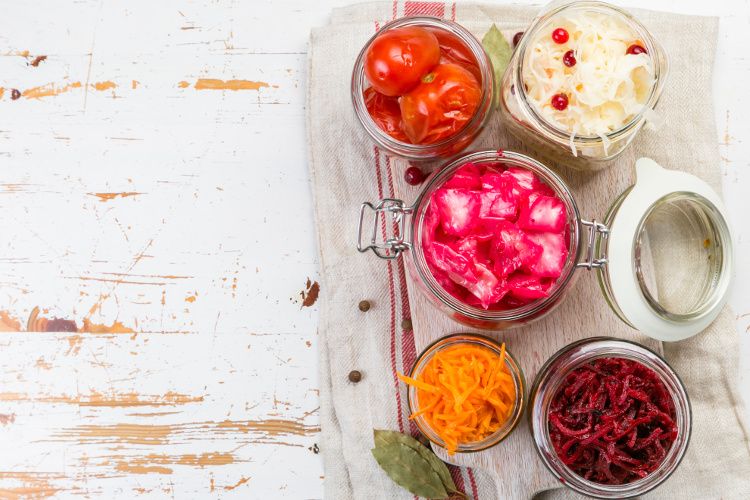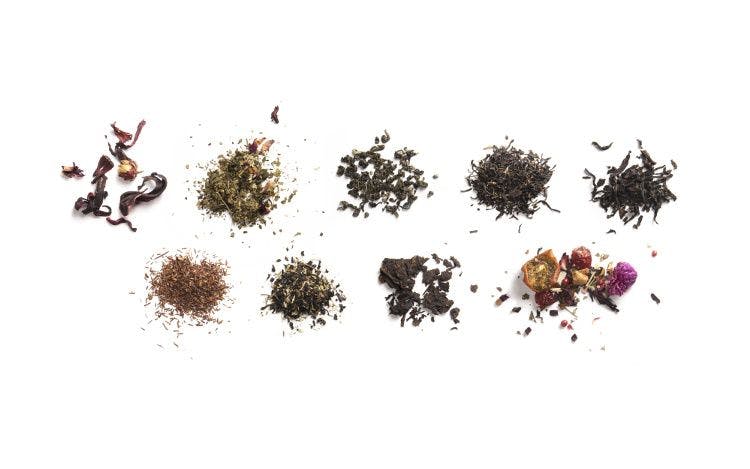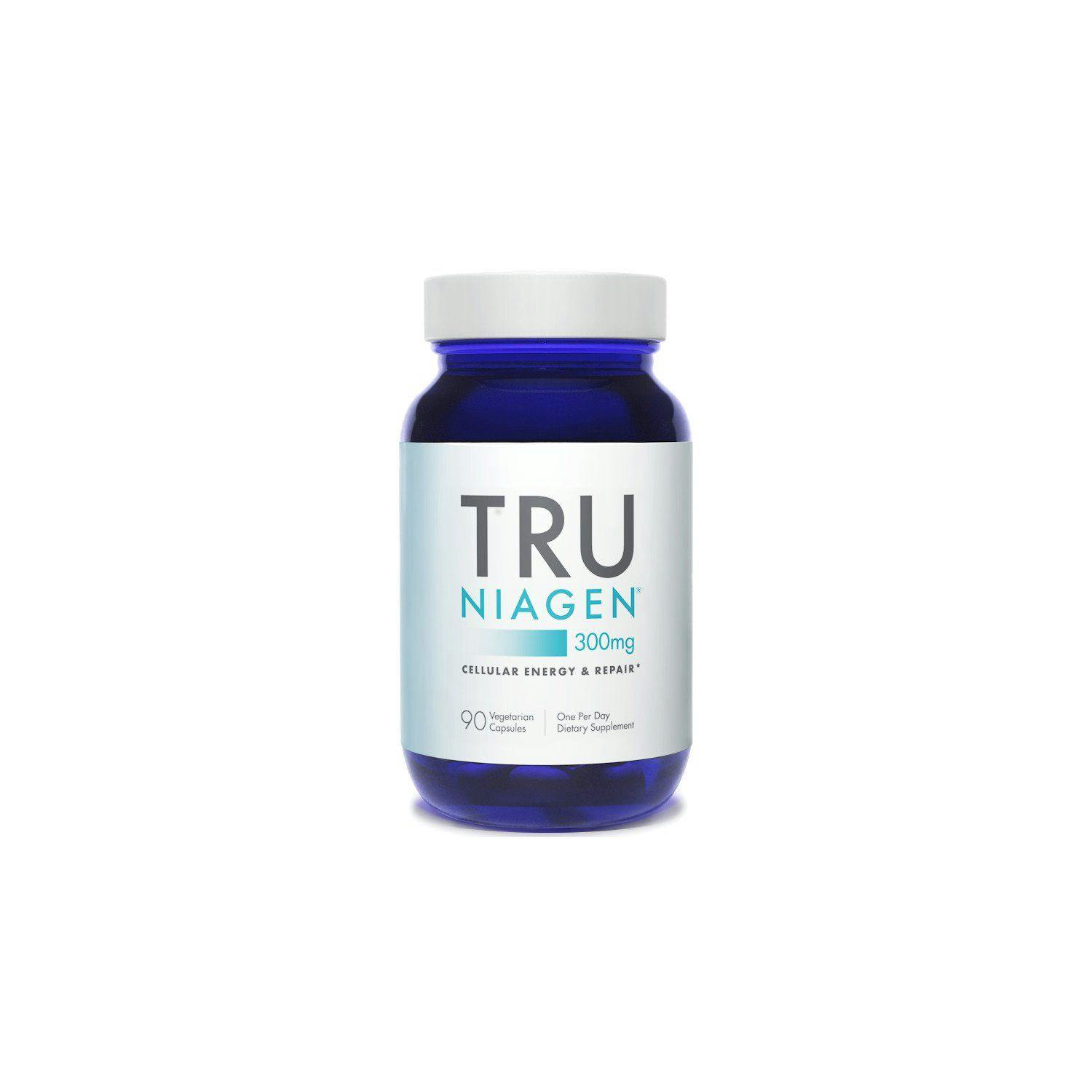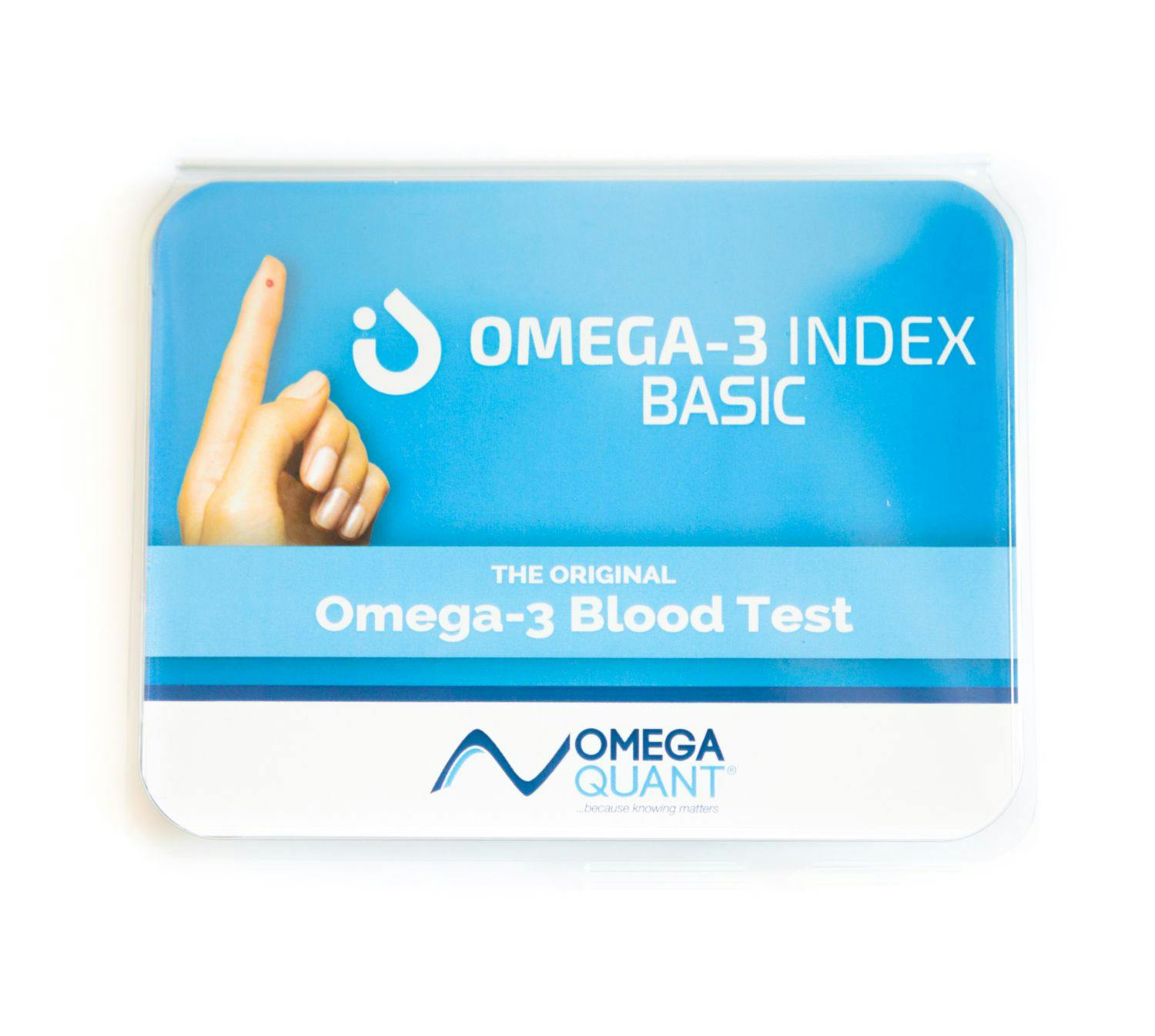Fermentation may be the ingredient engine of the future
The number of fermentation-generated ingredients now available remains somewhat small, but as suppliers master the technique, the ranks are growing.
Photo © Anaumenko – Stock.adobe.com

If you’re ever in doubt about our culture’s comfort with technology, consider that even a small child can access more processing power from the palm of her hand than our ancestors could fathom over their entire lifetimes.
Yet when it comes to food and drink, an increasing number of us would rather technology get nowhere near what goes down the proverbial hatch. Far better to choose products with ingredients plucked from a field, nurtured on a free range, or gently squeezed from their “natural” source.
That’s the most environmentally sustainable way to source, right?
Not necessarily. Sometimes harvesting ingredients from nature exacts a larger toll-in energy, water, land, or carbon emissions-than does generating them in a lab. And yet one technology currently generating ingredients in labs is as “natural” as metabolism itself.
It’s fermentation. And it may be the ingredient engine of the future.
Trends a-Brewing
“Historically,” says Noah Michaels, team leader, culinary, Symrise (Teterboro, NJ), “fermentation has been used to produce and preserve foods. But as we see increasing fear of technologically processed ingredients, manufacturers are looking toward these ancient processing methods to find new ways to make ingredients.”
You can’t blame them. Fermentation enjoys a stellar reputation among wellness-minded consumers. Notes Chris Speed, senior vice president, global sales and marketing, NattoPharma (Oslo, Norway), “Fermented foods can be healthy, as they add beneficial bacteria to the gut microbiota, increasing digestive and immune system health.”
Fermented foods and beverages even constitute a bona-fide trend, one that Christopher Naese, vice president, business development, Florida Food Products (Eustis, FL), says, “follows a greater consumer movement toward healthier, better-for-you products that are recognizable on ingredient legends.”
Ingredient Engine
But while consumers largely “get” fermentation’s role in producing items like wine, beer, cheese, tempeh, and kombucha, fewer understand that it can create ingredients. Indeed, many in the food and nutrition industries might not fully appreciate fermentation’s ingredient-generating power.
The process diverges from traditional fermentation in that rather than inoculating a starting material with fermentative organisms that transform that material into something quite different, producers insert a targeted gene into a host organism-usually a yeast-that then ferments a nutrient medium, producing the targeted ingredient as a byproduct. Producers then harvest the ingredient from the fermentate and purify it for use.
“Fermentation’s been used in food and beverage preparation for thousands of years,” notes Andy Ohmes, global director, high-intensity sweeteners, Cargill (Minneapolis). “But on the ingredient side, it’s a relatively new approach to production.”
The number of fermentation-generated ingredients now available remains somewhat small, but as suppliers master the technique, the ranks are growing beyond existing options like citric acid and other acidulants, and the sugar alcohol erythritol.
“Surprisingly, a large portion of table sugar is made from fermented beets and not from sugarcane,” notes Dillon Friday, PhD, category director for the North American culinary flavor division at Symrise. “Another common ingredient made from fermentation is MSG. And we often see that sodium benzoate and potassium sorbate, which aren’t label-friendly, are being replaced by ‘cultured dextrose,’ which is a naturally fermented preservative.”
The Upside
“The fermentation process doesn’t just produce one or two molecules with bioactivity,” Friday continues, “but perhaps hundreds. We’re finding that fermentation of natural ingredients like rice or other proteins naturally creates bitter maskers, taste enhancers, cooling agents, sweetness enhancers, and more.”
And the process pays dividends beyond the ingredients themselves. Elzaphan Hotam, vice president of global marketing and CEO, NextFerm Technologies USA Inc. (Berkeley Heights, NJ), calls fermentation “the ultimate sustainable solution,” given its minimal land, water, and energy requirements compared to traditional sourcing, and its use of waste sugars as the fermentation medium.
Erythritol is exhibit A. “While some fruits and mushrooms produce small quantities of erythritol, it’s economically prohibitive to extract the same sweetener from these sources,” Ohmes explains. His company’s workaround: fermentation. “This process isn’t just more affordable,” he claims. “It also delivers a consistent, high-quality product and ensures supply-chain reliability. Ingredients produced through fermentation aren’t subject to the fluctuations in quality and supply we sometimes see with plant-sourced ingredients.”
Further, in an environment that prizes transparency, fermentation presents a refreshingly open book. As Elyse Lovett, senior marketing manager of nutrition, pharmaceutical, and CCM, Kyowa Hakko USA (New York City), notes, “Not only do consumers want to know an ingredient’s specific benefits to their supplement regimens; they’re looking deeper and asking questions like, ‘How is this ingredient made, and where is it from?’” Fermentation may not strike the romantic chord of tugging an ingredient from the soil, but it’s unambiguously traceable, quantifiable, and safe.
Ingredients in Action
So where do we see fermentation in action?
At Impossible Foods, to cite one high-profile example. The company is leveraging fermentation to produce a vegetarian version of heme, the protein that makes red meat red and gives Impossible Foods’ plant-based meats their convincingly meaty quality.
Nitrogen-fixing plants-think soybeans and legumes-naturally generate heme and store it in their roots. And while Impossible Foods could extract that heme from such plants, the economic and environmental costs of doing so motivated them to transplant heme-producing genes from soybeans into yeast cells, which then produce heme via fermentation.
A similarly sustainable impetus compelled Cargill to tap fermentation for the production of its EverSweet stevia sweetener. “The biggest problem with accessing the best-tasting parts of the stevia plant, Reb M and Reb D, is doing so in a commercially and environmentally viable way,” Ohmes explains. The compounds appear in the plant’s leaf in such small quantities that extracting them via a “traditional approach” is too costly and inefficient.
So Cargill employs a “specially crafted yeast” to produce the same rebaudioside M and rebaudioside D molecules as found in the stevia leaf, but at scale. “Using fermentation,” Ohmes says, “we can provide our customers with a great-tasting product in quantities and at a price that make widespread commercial use possible, but produced with the environment in mind.”
Vitamin K2 is another fermentation windfall. While we can obtain this fat-soluble vitamin-key to bone and vascular health-from foods like cheese and the Japanese soybean delicacy natto, “the only way to produce the active ingredient naturally is via bacterial fermentation,” Speed notes. “It’s a sustainable process with very low emissions and waste, and it allows for a natural label.”
His company uses Bacillus species with a high capacity for producing menquinone-7, the most bioactive form of vitamin K2, to ferment the ingredient from a vegetable-based substrate. “Applying a proprietary technology, we isolate the natural MK-7, purify it, and concentrate it to a superior active ingredient free of known allergens,” Speed adds. The commercial products are vegan-suitable and Non-GMO Project verified-“both features that resonate with today’s natural- and clean-label-conscious consumers.”
NextFerm’s Hotam claims that his company developed the first yeast-derived astaxanthin for human consumption using fermentation and downstream extraction, yielding “a product with much better physical properties and greater market potential than the existing source,” he says, “and at a competitive cost structure.”
The finished astaxanthin beadlets are four times more potent than astaxanthin from other sources, “enabling greater and easier use of this powder technology in various food formats,” he says. “We also have a 10% odorless fluid-something algae technology simply doesn’t carry-thus opening another compelling area of gummies and related applications.” More carotenoids, proteins, and prebiotics are in the company’s fermentation pipeline.
Embria Health Sciences (Ankeny, IA) makes its dietary ingredient EpiCor through a highly controlled fermentation that starts with baker’s yeast deprived of oxygen. “Under these high-stress conditions, the yeast produces a host of metabolites and nutrients,” explains Cashtyn Lovan, senior marketing associate for the company. Those, along with “beneficial yeast cell components,” comprise EpiCor, “a whole-food fermentate that supports a properly functioning, strong, and balanced immune system,” she says.
And Florida Food Products’ line of fermented juices and powders sourced from plants like carrot, mushroom, and beet “follows the increasing drive to derive flavors from foods,” Naese says. Using a lactic-acid fermentation that lowers beet juice’s sugar content by about 10%, the company creates an ingredient with “a fresh flavor and light sweetness, coupled with beet’s inherent health benefits,” according to Naese. “Fermented fruit and vegetable products like fermented beet juice give formulators clean-label alternatives without the need to add flavors, acids, or flavor enhancers to the finished product.”
Ready for Primetime?
But fermentation still has hurdles to clear before reaching its apotheosis as an ingredient engine.
As Symrise’s Friday explains, “Fermentation is a complex biological process. The knowhow to create ingredients this way is a very sought-after skill that requires years of training and experience.”
Achieving cost effectiveness and organic certification also remain on the to-do list. And fermentation requires “impeccable control and sanitation to ensure that the desired microorganisms can flourish unchallenged by undesirable microbes,” Symrise’s Michaels adds.
So in the scramble to capitalize on fermentation’s promise, some industry players are acquiring or investing in companies already adept at the method, while other “traditional” baker’s and brewer’s yeast companies “have entered or are looking to enter the ingredient world through leveraging their existing knowhow and capacity,” Hotam says. She considers AB-inBev (Belgium) and Lesaffre (France) “great examples of this approach.”
Fermenting Forward
In any case, it may take some effort to secure widespread consumer buy-in of fermented ingredients. But once educational principles are in place, experts hope, the momentum for mainstreaming will take care of itself.
“I think it’s important to emphasize that the fermentation process, versus chemical synthesis, yields ingredients of high quality and purity,” Kyowa Hakko’s Lovett notes. “This is a key aspect in consumer education. While the cost may be high, Millennials are willing to pay for quality, so telling your story is important.”
And fermented ingredients simply have a compelling story to tell. “We believe the growing popularity of fermented foods will help drive consumer acceptance of ingredients produced through fermentation,” Ohmes says. They may come from a lab, but they’re down to earth.

Prinova acquires Aplinova to further increase its footprint in Latin America
April 7th 2025Prinova has recently announced the acquisition of Brazilian ingredients distributor Aplinova, which is a provider of specialty ingredients for a range of market segments that include food, beverage, supplements, and personal care.


















